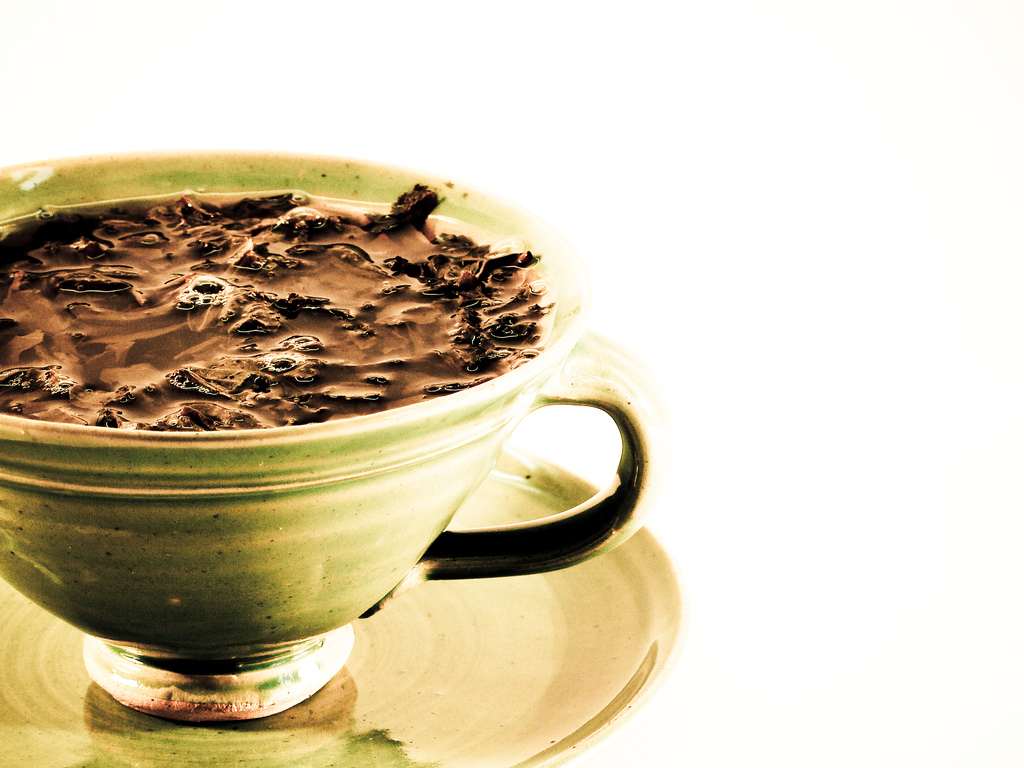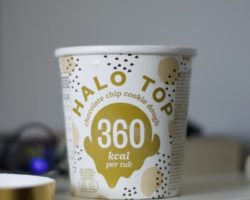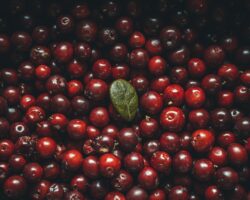The fashion for super-healthy foods and drinks is a panacea for all ailments that come and go. I would like to believe that the now fashionable gaba tea will not disappoint its already held and new – potential – fans. Sergey Mstislavsky, founder of the Kitchai company, a specialist in China, told us about its history, production and features.
Gaba tea
What is gaba?
Gamma-aminobutyric acid (in Russian GABA, and in English – GABA) was discovered at the end of the 19th century, and in 1950 the American scientist Eugene Roberts proved that it is the main amino acid that provides better functioning of nerve cells in the brain. Thanks to her, among other things, electrochemical impulses are transmitted between the neurons of the central nervous system. Modern science believes that the concentration of gaba in the brain affects the speed of our reaction and intelligence.
How and when did gaba tea appear?
The discovery of GABA had a downside. Roberts discovered that simply eating a “pure” amino acid is not enough, because it does not seem to enter the brain through the stomach. Therefore, you need to come up with some special forms of this substance for better absorption.
The leaders of international corporations who invested in agriculture in the 70s of the last century came up with the idea of a superfood that has undeniable advantages over “regular” food. At first, these were all sorts of yoghurts with the addition of something very useful, various unusual types of vegetables, etc. Until the Japanese Ministry of Agriculture established the National Food Research Institute. At that time, Japan was experiencing a serious shortage of personnel. I had to actively engage in industrial espionage. Of course, the Japanese are very interested in GABA as a means of increasing brain activity. Japanese food giants began producing the first batches of gaba products, from gaba rice to gaba chips.
A large amount of gaba was found in tea leaves, but during the process of heat treatment and fermentation, most of this invaluable amino acid lost its properties. In 1987, Ph.D. Tojiro Tsushida discovered a fairly simple way to preserve and even dramatically increase the gaba content in a tea leaf. Moreover, in a form that allows you to throw this same gaba directly into the brain, bypassing all the natural obstacles of the body. It is enough to hold the freshly picked sheets in a vacuum – and here it is, a miracle happened!
Japanese tea farmers were delighted and began to actively produce gaba tea. However, very soon it turned out that such a drink in Japan itself is not in great demand, since young people prefer gaba chips and gaba cola. Therefore, it turned out to be more profitable for tea producers not to bother, but to make quite traditional tea for high connoisseurs, and leave gaba for other food workers.
Why is gaba tea from Taiwan so wonderful?
At the same time, on the island of Taiwan, they closely followed the Japanese discoveries, and decided to introduce gaba tea (Jin Bai Lun cha) at home. Specialists in the study and promotion of tea began to actively acquaint tea farmers with the Japanese discovery. Fortunately, it was at this time that vacuum packers for tea became widespread.
Foreign fans of oriental wisdom came to the aid of gaba tea producers. The drink has successfully blended into the esoteric discourse of the 1990s: on the one hand, it is a product of the “mysterious East”, and on the other, “high Japanese technologies of the future”. And unlike the Japanese original, where the main thing was the gaba content of at least 150 mg per 1 kg, the Taiwanese analog turned out to be tastier and more resistant to brewing, since it was made mainly according to the Oolong production scheme. And it was completely suitable for the Taiwanese “gongfu cha”, which is better known as the “Chinese tea ceremony“
And it went! Several gaba sites were opened, where a mysterious oriental product could be bought with home delivery. The Russians also did not lag behind and in the early 2000s gaba tea finally ended up in Russia! I must say that at that time there were not so many superfood manufacturers in Taiwan, including our supplier Mr. Jian, whose tea plots are located on the Meishan mountain, which is part of the Alishan ridge. So in 2004 GABA Alishan tea appeared in Moscow.
How is gaba tea made?
On Mount Meishan, tea is harvested mostly 3 times a year, with the best winter harvest in November. Take mature leaves, without tips (from English tips – tips, leaf buds of a tea bush).
After harvesting, the leaves are dried in the open air, and then they are rolled in a bamboo drum to damage the edges of the leaf. Then sealed in a sealed bag using a vacuum apparatus. This is followed by the usual operations for Taiwanese oolongs: twisting, heating and forming. The leaves are wrapped in a piece of cloth, rolled into a ball, compacted in a special machine, or a hydraulic press is used – and so on several times until the mass of leaves takes an almost spherical shape. The last stage is drying in a tea dryer to 6-8% humidity and packaging.
Why is gaba tea is healthy?
The body’s daily requirement for GABA is 3-4 grams. In a healthy body, the amino acid is synthesized in the brain in sufficient quantities. But with the active influence of unfavorable factors: stress, unhealthy diet, air pollution, excessive mental stress, the production of this substance decreases. As a result, increased nervousness, chronic fatigue, insomnia, problems concentrating, decreased overall vitality and other unpleasant symptoms. Gaba tea allows you to replenish the missing amount of this valuable amino acid.
In Japan, gaba tea is called “business tea” because it is good tea for those who are engaged in mental work. He helps to make important decisions without undue tension, find non-standard approaches to solving problems, negotiate, keeping calm with maximum brain concentration.
Price issue
You can buy gaba tea in almost any tea store. It is now a popular, hot commodity, like everyone’s favorite pu-erh or oolong. Its cost is on average 15-20 rubles per gram and more. In addition to the twisted gaba, such novelties for gourmets as “Gaba made using Pu-erh technology” have recently appeared on the market.






